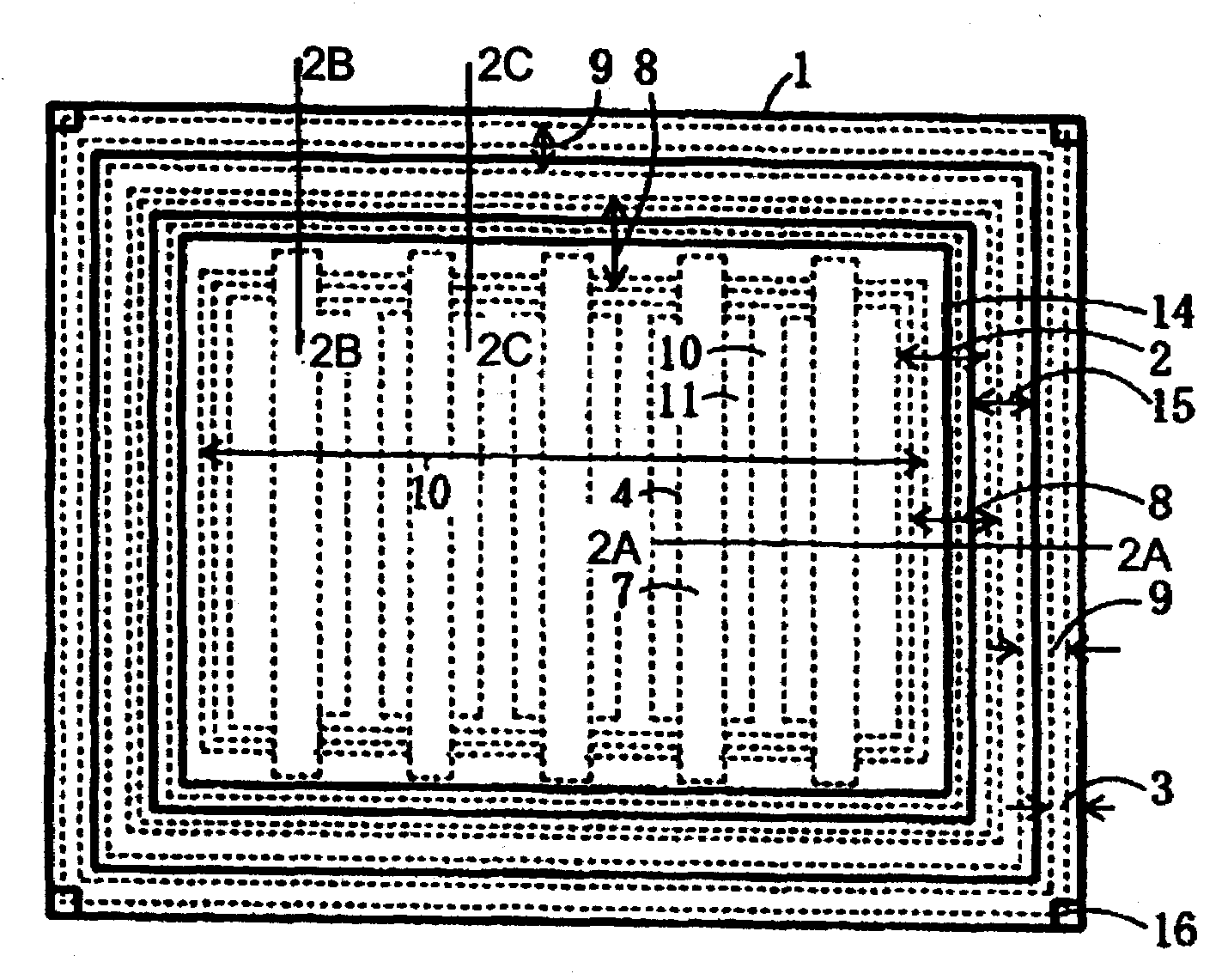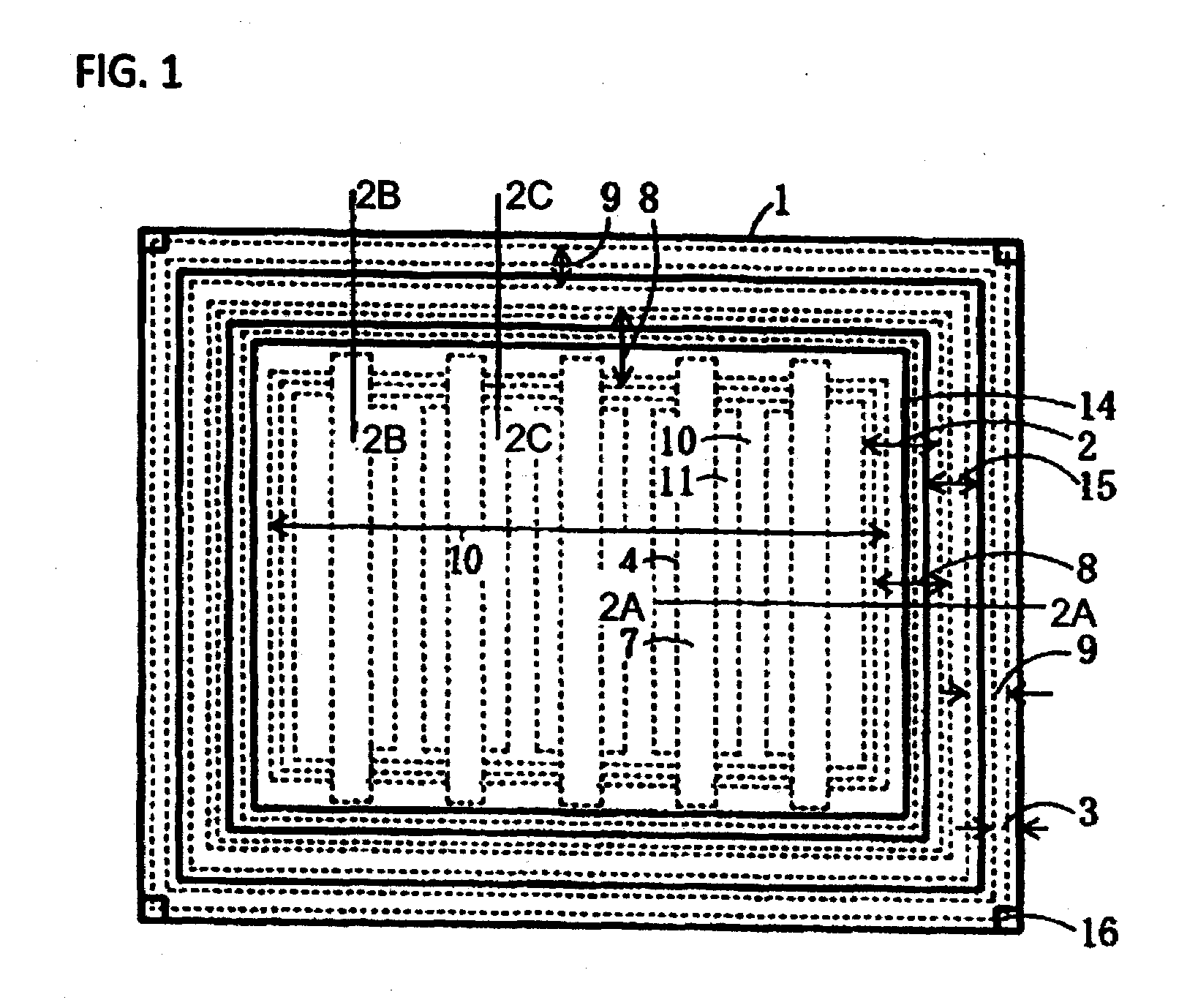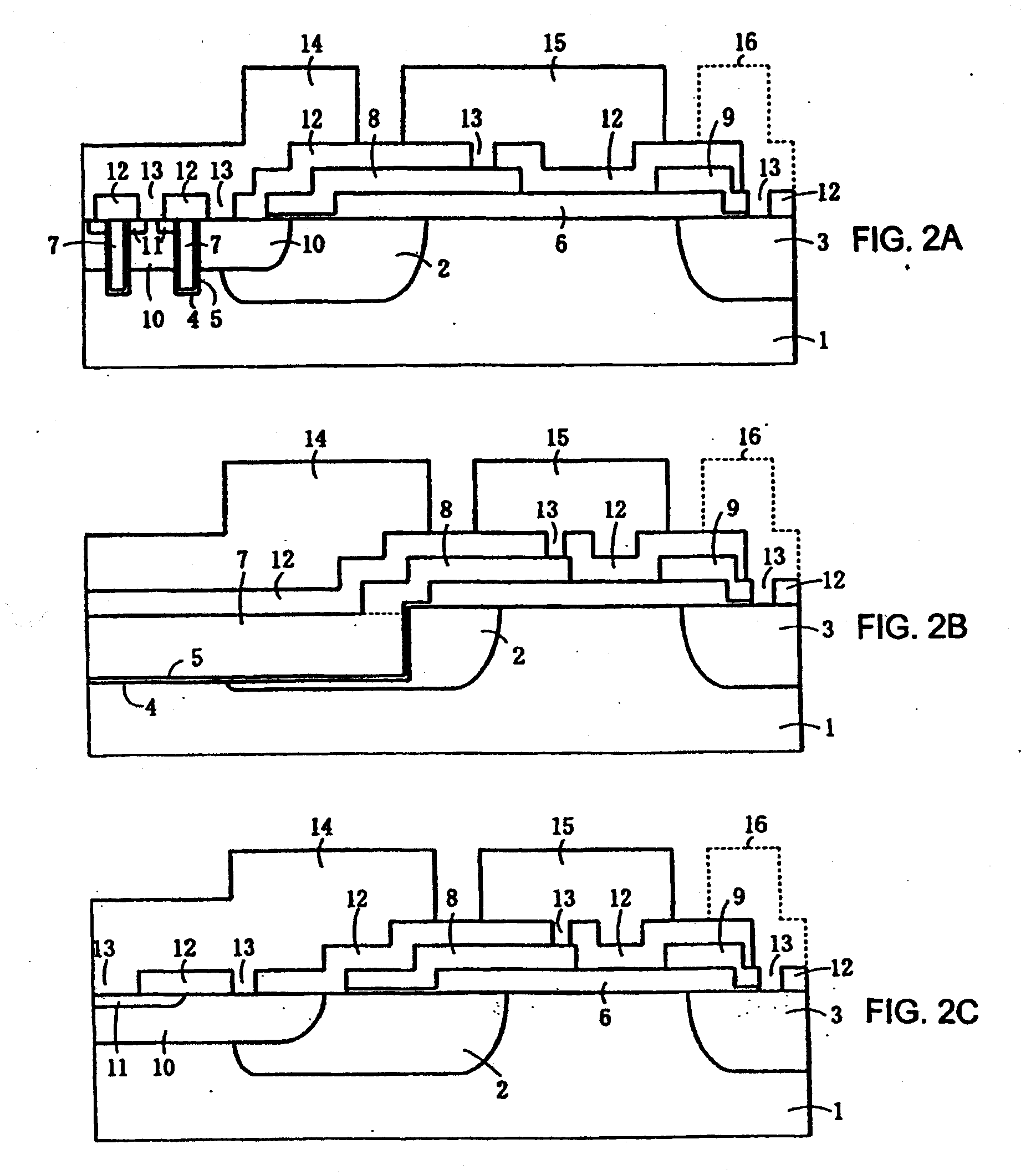Method of manufacturing semiconductor device
a manufacturing method and semiconductor technology, applied in the direction of semiconductor devices, basic electric elements, electrical equipment, etc., can solve the problems of difficult to achieve a high breakdown voltage and increase costs
- Summary
- Abstract
- Description
- Claims
- Application Information
AI Technical Summary
Benefits of technology
Problems solved by technology
Method used
Image
Examples
Embodiment Construction
[0034]An embodiment of a semiconductor device, namely a vertical n-channel MOSFET having a trench gate structure, is described. Layers, regions, etc., corresponding to elements of the above-described conventional MOSFET are given the same reference symbols. Although in the embodiment described here refers the first conductivity type as the n type and the second conductivity type as the p-type, the conductivity types can be reversed. Superscripts “+” and “−” following “p” and “n” mean that the impurity concentration is high and low, respectively.
[0035]Referring to FIGS. 1 and 2A-2C, the vertical n-channel MOSFET having a trench gate structure includes an n− semiconductor layer 1 (n− drift layer) formed on an n+ semiconductor substrate (not shown), and layers, regions, etc. formed over or in the surface of the n− semiconductor layer 1. A vertical IGBT can be obtained by replacing the n+ semiconductor substrate (not shown) with a p+ semiconductor substrate or replacing the n− semicondu...
PUM
 Login to View More
Login to View More Abstract
Description
Claims
Application Information
 Login to View More
Login to View More - R&D
- Intellectual Property
- Life Sciences
- Materials
- Tech Scout
- Unparalleled Data Quality
- Higher Quality Content
- 60% Fewer Hallucinations
Browse by: Latest US Patents, China's latest patents, Technical Efficacy Thesaurus, Application Domain, Technology Topic, Popular Technical Reports.
© 2025 PatSnap. All rights reserved.Legal|Privacy policy|Modern Slavery Act Transparency Statement|Sitemap|About US| Contact US: help@patsnap.com



